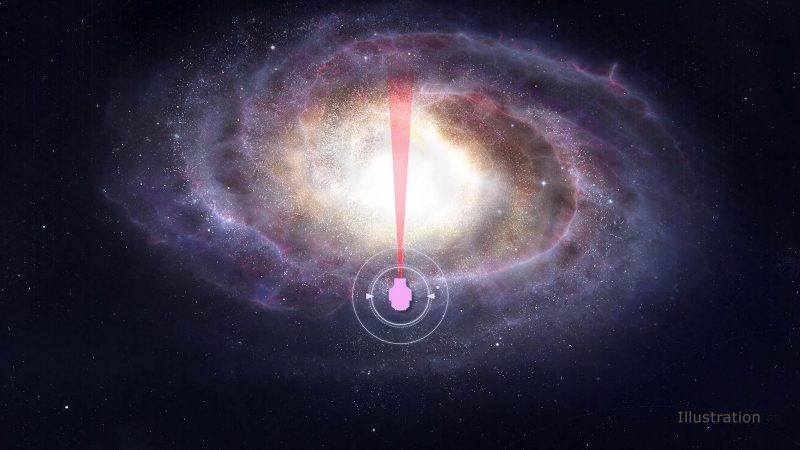How WFIRST will use warped spacetime to find exoplanets
Posted by Paul Scott Anderson in SPACE | April 19, 2020
NASA’s WFIRST mission – an infrared space observatory planned for launch around 2025 – will use the fact that the gravity of distant objects warps spacetime, bending and focusing light, thereby revealing new worlds.

Artist’s concept of how WFIRST will use microlensing – the bending and focusing of starlight via the gravity of distant objects – to search for exoplanets. WFIRST will focus on the region near the center of our Milky Way galaxy, where stars are most densely packed. Image via NASA/ GSFC/ CI Lab/ JPL.
Most exoplanets orbiting distant stars are found by observing a planet transit, or pass in front of, its star. As the planet transits, the star’s light temporarily and minutely dims. The Wide Field Infrared Survey Telescope (WFIRST), now being developed by NASA for a possible launch in the mid-2020s, will do the opposite. It’ll search for little surges of light that occur during what are called microlensing events, or events where the gravity of distant objects warps spacetime, bending and focusing light, in this case revealing new worlds.
A statement from NASA explained microlensing:
Any time two stars align closely from our vantage point, light from the more distant star curves as it travels through the warped space-time of the nearer star. This phenomenon, one of the predictions of Einstein’s general theory of relativity, was famously confirmed by British physicist Sir Arthur Eddington during a total solar eclipse in 1919. If the alignment is especially close, the nearer star acts like a natural cosmic lens, focusing and intensifying light from the background star.
More:
https://earthsky.org/space/wfirst-exoplanets-microlensing-space-time-milky-way
